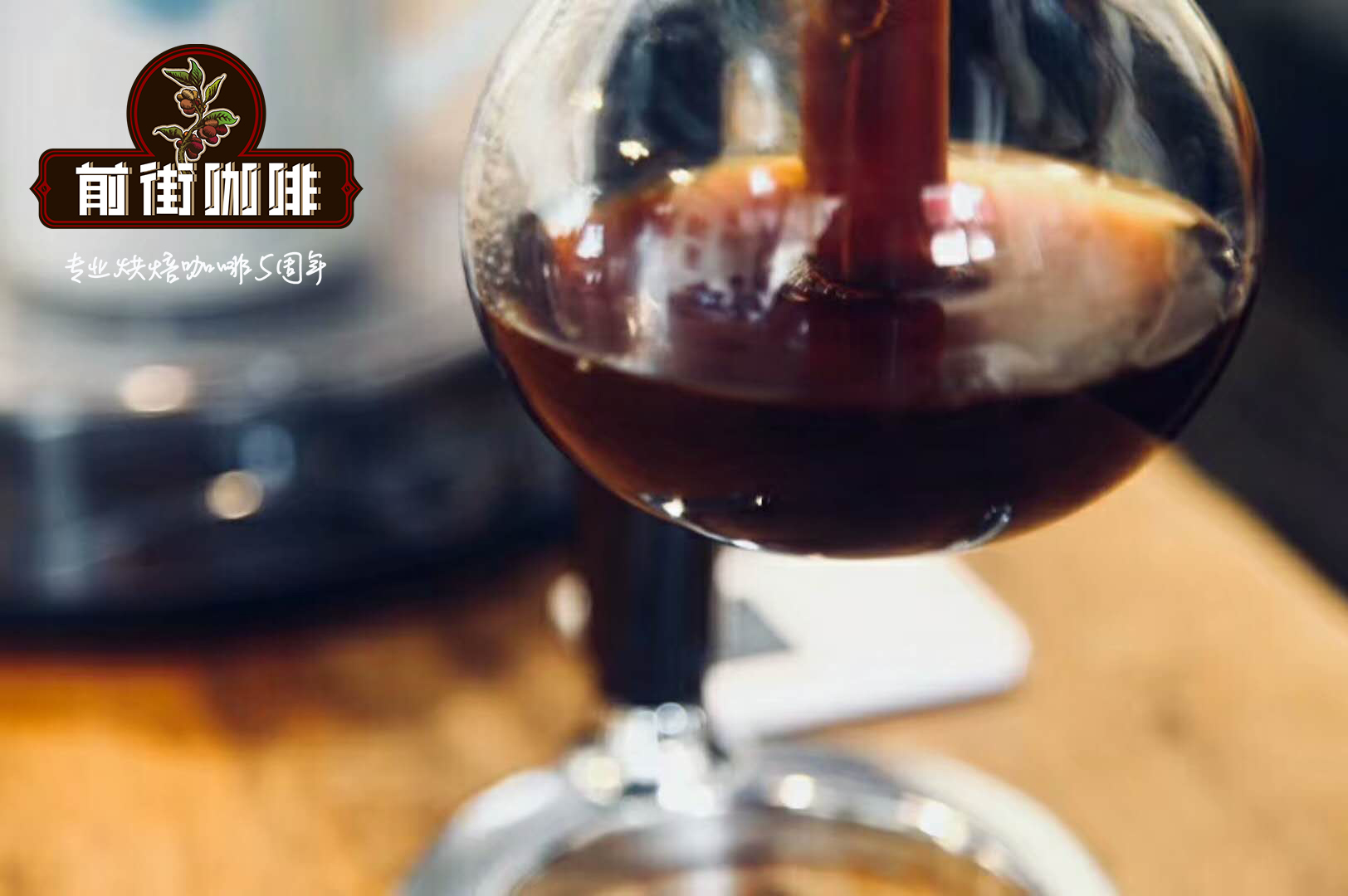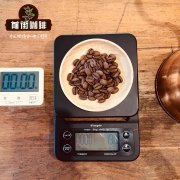Tarrazu Tarazhu shb Coffee beans how to Bake _ Costa Tarazhu Coffee Price report

Professional coffee knowledge exchange more coffee bean information please follow the coffee workshop (Wechat official account cafe_style)
Costa Rican Tarazu Tarrazu coffee beans are the highest grade of Costa Rican coffee S.H.B. coffee is rich in fat, well-balanced aroma, mild chocolate aroma, sweet taste, has been widely popular in the world, and is one of the best coffee in the world.
No matter single drink or special taste with milk, the flavor is very suitable.
Acidity
Alcohol degree
Food pairing: light food sandwiches, Strawberry Cake, handmade cookies, nuts, chocolate
The coffee beans produced at the high latitudes of Costa Rica are famous in the world, full-bodied, mild in taste, but extremely sour. The coffee beans here have been carefully processed, which is why they have high quality coffee. Located in the south of SanJos é, the capital of Tarasu, Costa Rica is one of the most valued coffee growers in the country.
Tarrazu in Costa Rica is one of the major coffee producing areas in the world. The coffee produced is light and pure in flavor and pleasant in aroma. Costa Rica, with its fertile volcanic soil and good drainage, is the first country in Central America to grow coffee and bananas for commercial value. Coffee and bananas are the country's main exports. Coffee was introduced into Costa Rica from Cuba in 1729. Today, its coffee industry is one of the well-organized industries in the world, with a yield of 1700 kg per hectare. Costa Rica, with a population of only 3.5 million, has 400 million coffee trees, and coffee exports account for 25 per cent of the country's total exports. Costa Rica has also benefited from the establishment of the Central American Institute for Agricultural Research (IAAC) in Tarasu, which is an important international research centre.
High-quality Costa Rican coffee is called "extra hard beans". This kind of coffee can grow above 1500 meters above sea level. Altitude has always been a problem for coffee growers. The higher the altitude, the better the coffee beans, not only because the higher altitude can increase the acidity of the coffee beans and thus increase the flavor, but also because the night temperature at the higher altitude is lower, which can make the trees grow slowly, thus making the coffee beans have a stronger flavor. In addition, due to the high altitude drop caused by sufficient rainfall, is also very beneficial to the growth of coffee trees.
S.H.B. It is a very hard bean with an altitude of more than 1500 meters above sea level, which means high quality Costa Rican coffee. This extra-hard coffee bean suitable for medium and heavy roasting has a strong sour taste and charming aroma. Costa Rican SHG coffee is usually full of particles, clear flavor, bright acidity and ideal consistency. The strong flavor makes the tail rhyme reverberate in the throat for a long time, unforgettable.
Other coffees worth mentioning are JuanVinas,PR, H.Tournon, Windmill,SHB, Montebello and SsntaRosa. Fine coffee is generally grown in Geredia and the central canyon. Another striking type of coffee is Sarchi (one of the five towns that represent Costa Rica's Coffee Road), which grows on the slopes of the PoasVolcano volcano, 53km from San Jose. Saatchi, founded in 1949, has a land area of 30770 hectares and grows sugar cane and coffee. The area is also famous for its handicrafts, attracting tourists from all over the world.
The best coffee in Costa Rica seems to come from small processing plants, spread across several major coffee producing areas, including Tarazu and the western valley. This so-called coffee revolution originated 15 years ago and has greatly changed the way bean baking experts and importers think about Costa Rican coffee. Take the processing plant as the center, collect coffee beans from the surrounding small farms for processing, most of these farms are made up of small communities or families, growing coffee on their own small farms or land, and all the coffee is treated and dried by a small processing plant.
Roasting Analysis of Costa Rican Tarazhu Coffee
Tarazhu coffee is grown at relatively high altitudes, while coffee grown at lower elevations is generally considered soft bean coffee. Higher altitude and lower temperature make the fruit ripen more slowly, and form harder and less porous coffee beans. Observe the middle line of raw coffee beans. The more open the middle line is, the smaller the density of coffee beans is. If the middle line of the coffee bean is closed, its density will be higher.
Qianjie coffee is recommended to record the data before roasting, the water content, density, origin, treatment method, ambient temperature and humidity in the baking room, etc., and plan your baking curve. Recording the chemical and physical changes during the baking process will help you better understand the final baking results and help improve the baking curve.
This is the Catura species, honey treatment, high density, uniform bean mesh, full bean shape (bean core to bean surface is thicker) baking method: pull the baking time longer, so adjust the firepower when the dehydration is complete, bake to the maximum when the baking is blown, and develop the beans for 2 minutes.
Bake the curve:
Put the furnace temperature to 200 degrees Celsius, adjust the firepower to 160 degrees after opening the throttle for 1 minute, keep the throttle unchanged, bake to 5: 35 ", the temperature is 152 degrees, the bean surface turns yellow, the smell of grass completely disappears, the dehydration is completed, the firepower is adjusted to 130 degrees, and the throttle is changed to 4.
In the 8th'40 minute, ugly wrinkles and black markings appear on the bean surface, and the smell of toast obviously changes to the smell of coffee, which can be defined as a prelude to an explosion. At this time, listen carefully to the sound of the explosion point, start to explode at 9: 00 ", turn the firepower down to 70 degrees, and the throttle is fully open (adjust the firepower very carefully, not so small as to be free of bursting sound), and put the pot at 196.0 degrees.
Cup test report:
Dry fragrance: floral, creamy, citrus, lemon, sugarcane sweet
Wet fragrance: toffee sweetness, white grapes, wild berries
Sipping: Brin, orange, peach, grapefruit, juice, natural sweetness, meticulous taste, perfect and balanced as a whole.
Costa Rica Tarazhu Coffee Bean Brand recommendation
Front Street Coffee roasted Costa Rican Tarazu Coffee beans-Shumawa Manor Black Honey treated coffee beans are fully guaranteed in terms of brand and quality. And more importantly, the performance-to-price ratio is extremely high, a pack of half a pound 227 grams, the price is only 95 yuan. According to the calculation of 15 grams of each cup of coffee powder, 15 cups of coffee can be made in a bag, which costs only about 6 yuan per cup, which is very cost-effective for coffee shops to sell dozens of yuan a cup.
Qianjie coffee: Guangzhou bakery, the store is small but a variety of beans, you can find a variety of unknown beans, but also provide online store services. Https://shop104210103.taobao.com
Important Notice :
前街咖啡 FrontStreet Coffee has moved to new addredd:
FrontStreet Coffee Address: 315,Donghua East Road,GuangZhou
Tel:020 38364473
- Prev

What does the Costa Rican Tarazu shb mean? how about Costa Rican Tarazhu coffee
Professional coffee knowledge exchange more coffee bean information please pay attention to the coffee workshop (Wechat official account cafe_style) Costa Rica Tarazhu coffee producing area (Tarrazu) is one of the major coffee producing areas in the world, the coffee flavor is light and pure, the aroma is pleasant. Costa Rica, with fertile volcanic soil and good drainage, is the first in Central America because of its commercial value.
- Next

Tarrazu Tarazhu shb Coffee beans how to Bake _ Costa Tarazhu Coffee Price report
Professional coffee knowledge exchange more coffee bean information please follow the coffee workshop (Wechat official account cafe_style) Costa Rica Tarazu Tarrazu coffee beans for Costa Rica coffee classification of the highest grade S.H.B.Coffee oil, balanced aroma, mild chocolate aroma, sweet taste, has been widely welcomed all over the world, and is one of the best coffee in the world. None
Related
- Detailed explanation of Jadeite planting Land in Panamanian Jadeite Manor introduction to the grading system of Jadeite competitive bidding, Red bid, Green bid and Rose Summer
- Story of Coffee planting in Brenka region of Costa Rica Stonehenge Manor anaerobic heavy honey treatment of flavor mouth
- What's on the barrel of Blue Mountain Coffee beans?
- Can American coffee also pull flowers? How to use hot American style to pull out a good-looking pattern?
- Can you make a cold extract with coffee beans? What is the right proportion for cold-extracted coffee formula?
- Indonesian PWN Gold Mandrine Coffee Origin Features Flavor How to Chong? Mandolin coffee is American.
- A brief introduction to the flavor characteristics of Brazilian yellow bourbon coffee beans
- What is the effect of different water quality on the flavor of cold-extracted coffee? What kind of water is best for brewing coffee?
- Why do you think of Rose Summer whenever you mention Panamanian coffee?
- Introduction to the characteristics of authentic blue mountain coffee bean producing areas? What is the CIB Coffee Authority in Jamaica?

